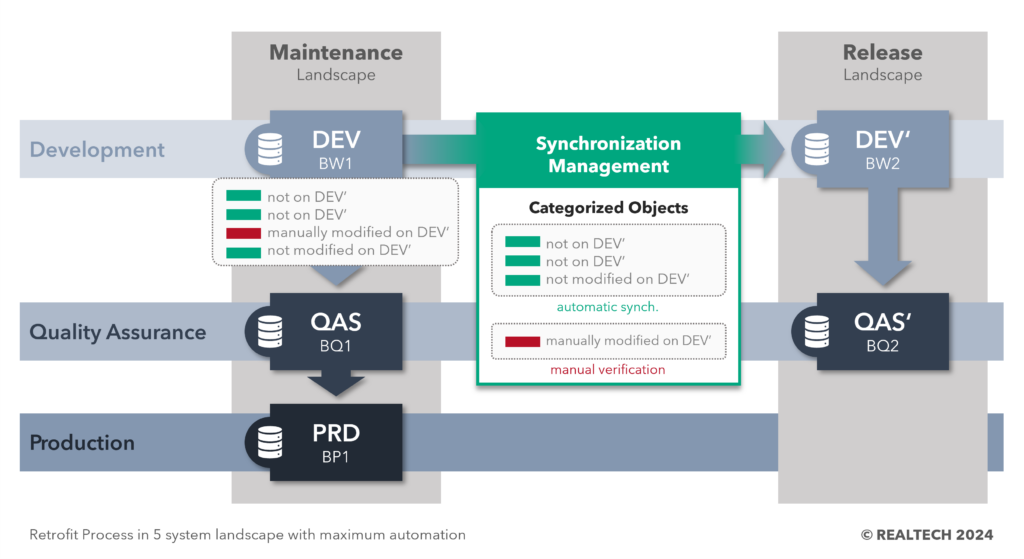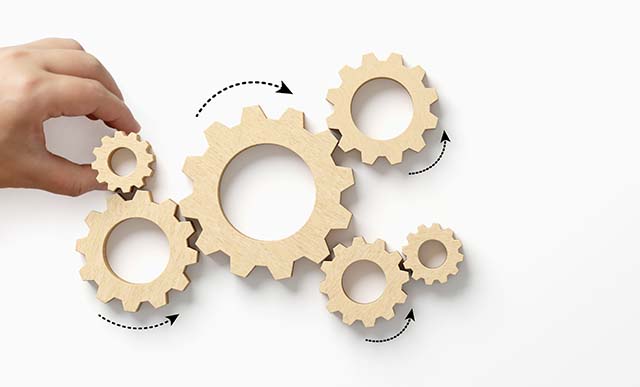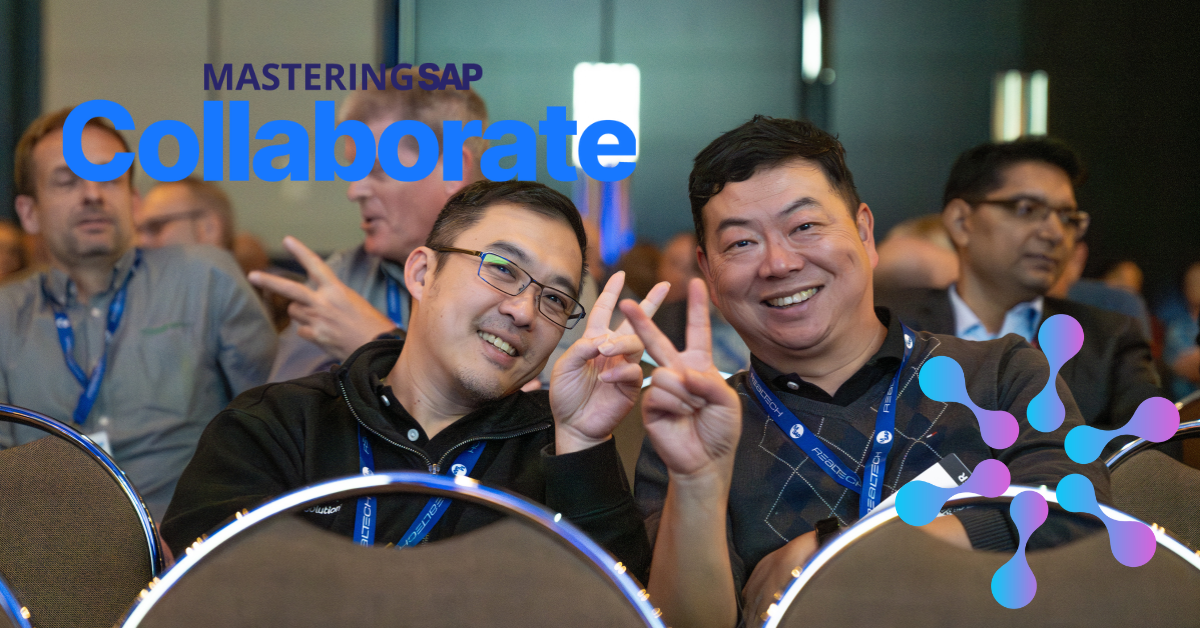Is it Time to Break the Status Quo? Automated Retrofitting is the Answer
Meet the Authors
Key Takeaways
⇨ The traditional three-system landscape for SAP (DEV, QAS, PRD) is evolving into a more complex five-system landscape to accommodate modern integrations and development needs.
⇨ Organizations must synchronize their maintenance landscape with the release landscape to avoid introducing previously fixed errors back into production systems, which requires careful retrofitting measures.
⇨ Automation tools, like REALTECH's SmartChange Synchronization Module, are essential for streamlining the retrofitting process, minimizing manual intervention, and allowing SAP IT teams to focus on more critical tasks.
SAP users know that the most common system landscapes usually consist of three tiers: development, quality assurance and production (DEV, QAS and PRD). Having served as a status quo of landscape management, three-system landscapes for years allowed many SAP customers to ensure streamlined operations with dedicated environments and enhanced flexibility in their SAP tech stack.
However, with the development of modern complex integrations, updates and add-ons, a demand grew for a more flexible and sophisticated landscape structure. That is why many users are now moving on to five-system landscapes, where an additional release landscape with a development system (DEV’) and a quality assurance system (QAS’) is added.
The five-system landscape in SAP is a way to organize SAP systems into two paths: one for production support and one for new release development. The primary benefit of opting for this type of architecture is that it allows SAP IT teams to test and develop major projects in a separate landscape without disrupting the business.
Explore related questions
Yet, to be able to achieve the seamless flow of operations in such architecture, organizations must synchronize the release landscape with the maintenance landscape to reflect any changes made. Another challenge that organizations may face is finding errors they have already fixed during maintenance making their way back into production systems once a new release is rolled out.
To prevent this from happening, users are advised to develop thorough retrofitting measures that can help synchronize changed objects (both customizing and workbench) from the maintenance development system to the project or upgrade development system in dual-track landscapes. But where do you begin and what is the best practice to establish?
Looking toward new horizons with automated retrofitting
To help organizations find the best way to synchronize their landscape, vendors like REALTECH offer guidance and solutions tailored to tackle this challenge. The company’s solution, SmartChange, is designed to automate users’ SAP software deployment with accelerated processes and has a dedicated module called Synchronization Management. The module provides automation to users in their retrofitting efforts, minimizing the need for manual intervention when synchronizing development systems and therefore freeing up valuable resources.

Some of the aspects of automation that users can expect include analysis and categorization of objects into “critical” and “non-critical” objects, provision of transport requests for “non-critical” objects and assistance in the manual synchronization of “critical” objects, where users are provided with the corresponding, object-specific delta views. To help monitor the process and ensure stability, the synchronization progress is displayed in the respective dashboard and any changes are logged to provide a full audit trail.
This way, organizations will not have to worry about risks, costs and time that usually come with the stresses of manual retrofitting management. With solutions like the SmartChange Synchronization Module from REALTECH, users can spend their valuable time on critical missions that require thorough supervision, rather than tasks that can be automated in the modern day of progressive technology.





